Automatic hot stamping foil slitting machine VS semi-automatic: why have all the big factories upgraded?
The advantages of automatic hot stamping foil slitting machine compared with semi-automatic equipment, as well as the reasons why large manufacturers have upgraded, can be analyzed from the following core dimensions:
1. Production efficiency and production capacity improvement
•Automatic:
◦ Continuous operation: automatic feeding, slitting, and rewinding, without manual intervention, to achieve 24-hour uninterrupted production.
◦ Speed advantage: The automatic control system can match high-speed slitting (such as 100-300 m/min), and the efficiency is increased by more than 50%.
◦ Reduce material change stoppage: Some models are equipped with automatic material splicing device, and the roll change time is shortened to seconds.
• Semi-automatic:
◦ Relying on manual operation for loading, adjustment, and rewinding, the capacity of a single shift is limited, and the speed is usually less than 100 m/min.
◦ Demand of large factories: large-scale production needs to match the growth of orders, and fully automatic equipment directly reduces the cost per unit time.
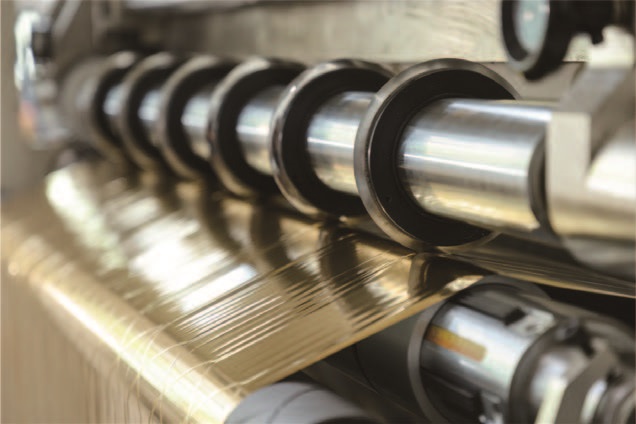
2. Accuracy and consistency guarantee
•Automatic:
◦ Digital control: servo system + high-precision sensor (such as ± 0.1mm slitting error) to avoid human error.
◦ Stable tension: automatic deviation correction and constant tension control to ensure that the gold foil is cut without wrinkles and the edges are neat.
• Semi-automatic:
◦ Manual adjustment depends on experience, which is easy to lead to slitting deviation (such as ± more than 0.5mm) due to operation fatigue, and the scrap rate increases.
◦ Demand from large manufacturers: High-end customers have strict requirements for the flatness and slitting accuracy of hot stamping foil (such as luxury packaging), and the automatic equipment can ensure a yield rate of ≥99%.
3. Labor cost and labor intensity
•Automatic:
◦ One person can monitor multiple devices, reducing manpower requirements by more than 70%.
◦ No heavy physical labor (such as semi-automatic manual handling of coils), reducing the risk of work-related injuries.
• Semi-automatic:
◦ Each equipment needs 1-2 people to operate, and skilled workers are required, and the training and management costs are high.
◦ Logic: In the long run, the labor cost savings from automation (especially in high-wage areas) can quickly cover the investment in equipment upgrades.
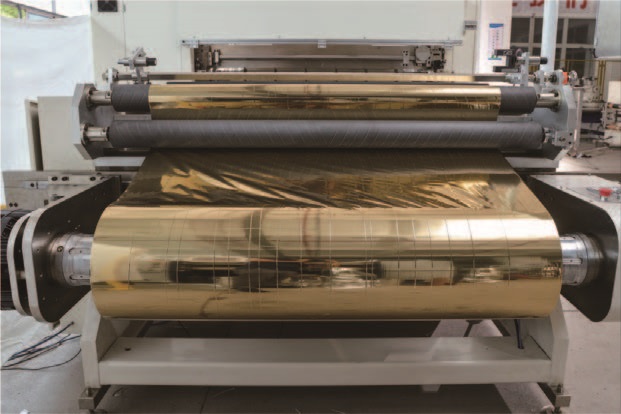
4. Intelligent and data-based management
•Automatic:
◦ IoT integration: real-time monitoring of output, energy consumption, equipment status, data traceability (such as MES system docking).
◦ Adaptive optimization: AI algorithms can automatically adjust parameters (e.g., adjust tension based on the thickness of gold foil).
• Semi-automatic:
◦ Production data relies on manual recording, which makes it difficult to achieve refined management.
◦ Trends of large factories: Digital factories need real-time feedback from the equipment side, and fully automatic models are the underlying foundation of intelligent manufacturing.
5. Material loss and long-term costs
•Automatic:
◦ Precise control to reduce waste (e.g., slitting loss can be controlled within 2%).
◦ Automatic alarm to avoid batch scrapping caused by human error (such as gold foil breakage and not treated in time).
• Semi-automatic:
◦ Material waste rates are typically 5-8%, and delays in failure response can magnify losses.
Considerations of large manufacturers: the cost of gold foil raw materials is high (such as hundreds of yuan per kilogram of special anodized aluminum), saving loss = directly improving profit margins.
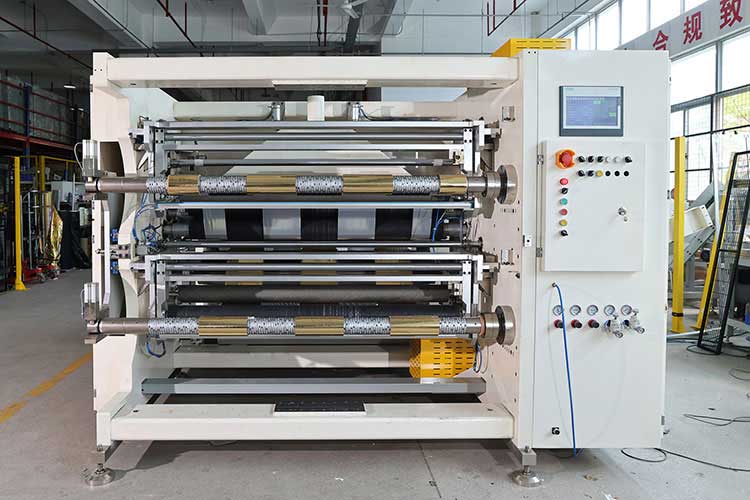
6. Market competition and customer needs
• High-end order threshold:
◦ Customers such as Apple and luxury packaging will review the supplier's equipment level, and the fully automatic production line is one of the access conditions.
• Delivery pressure:
◦ Fully automatic equipment supports fast and large batch delivery (such as 500,000 meters of slitting in 3 days), and semi-automatic is difficult to compete.
Why do small factories still use semi-automatic?
• Initial investment: The price of a fully automatic equipment may be 3-5 times that of a semi-automatic device (e.g. 500,000 vs. 150,000).
• Flexibility: Semi-automatic machine adjustment is more flexible for small batches and high-mix orders (but this has been solved by the fully automatic quick mold change function for large manufacturers).
Conclusion: The underlying logic of the upgrade of large factories
Through the quadruple advantages of efficiency, precision, cost and data, the automatic hot stamping foil slitting machine helps large factories form barriers in large-scale production, high-end market seizure and supply chain competitiveness. Especially in the context of the increase in the concentration of the gold foil processing industry, the leading enterprises are more inclined to squeeze the living space of small and medium-sized manufacturers through equipment upgrades.
Recent Post
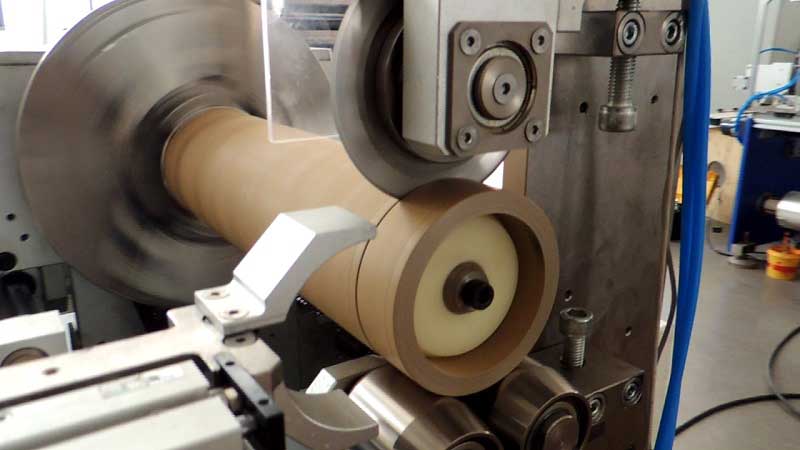 Customized paper cutting tube machine: to meet the special needs of different industries26. April, 2025
Customized paper cutting tube machine: to meet the special needs of different industries26. April, 2025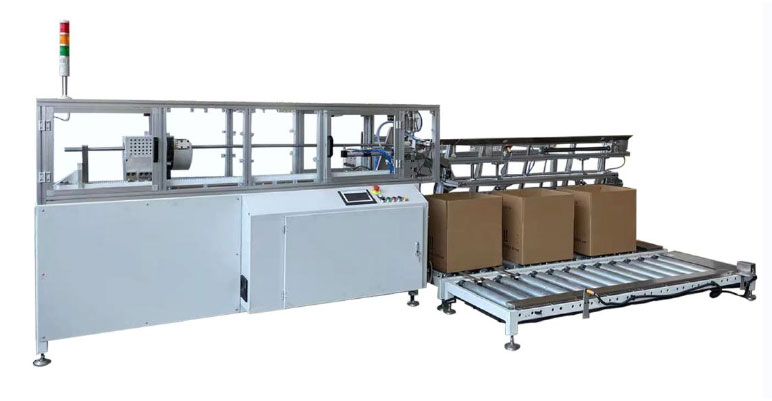 How does the automatic paper tube cutter improve production efficiency?23. April, 2025
How does the automatic paper tube cutter improve production efficiency?23. April, 2025 Automatic slitter: a key function to improve production efficiency22. April, 2025
Automatic slitter: a key function to improve production efficiency22. April, 2025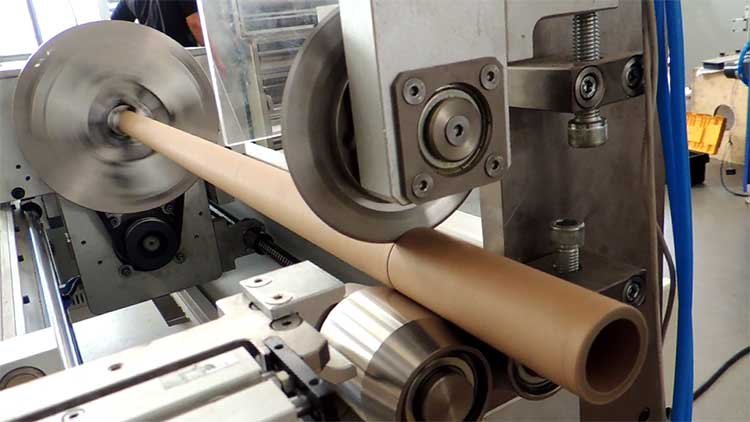 Efficient and precise! Analysis of the core functions of the paper tube cutter22. April, 2025
Efficient and precise! Analysis of the core functions of the paper tube cutter22. April, 2025
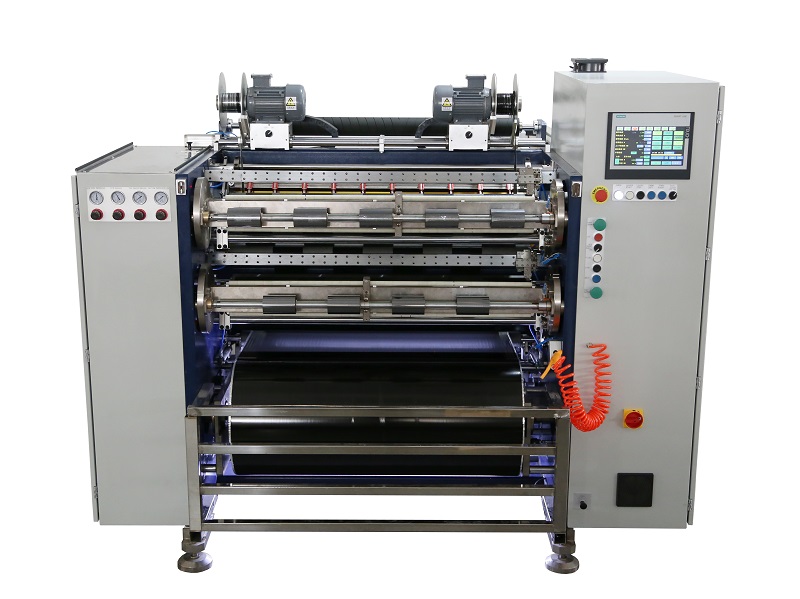 Fully Automatic TTR Slitter RSDS8 Plus
Fully Automatic TTR Slitter RSDS8 Plus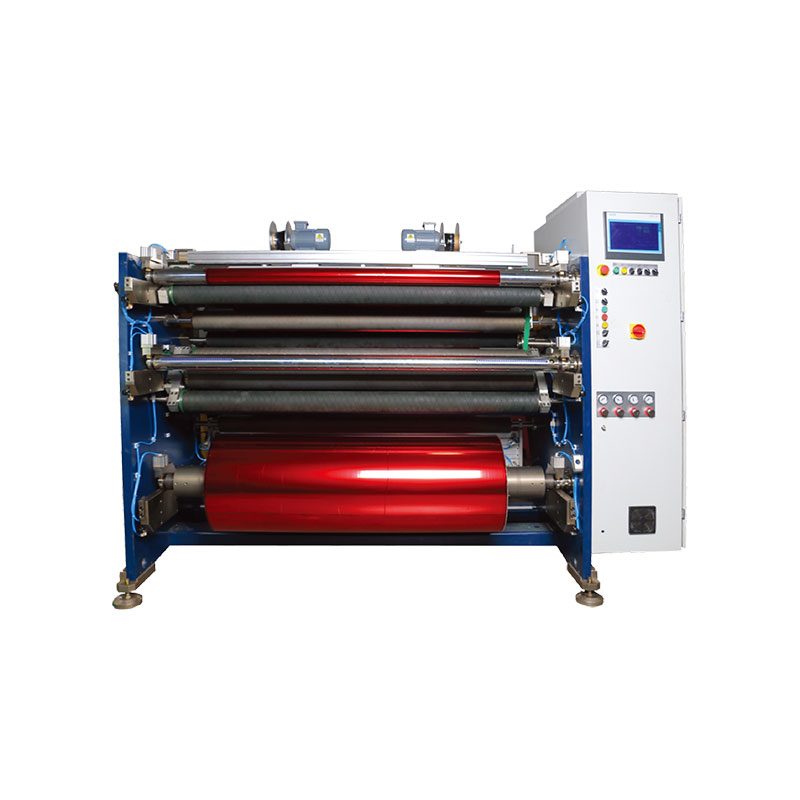 Hot Stamping Foil Slitter 1600mm
Hot Stamping Foil Slitter 1600mm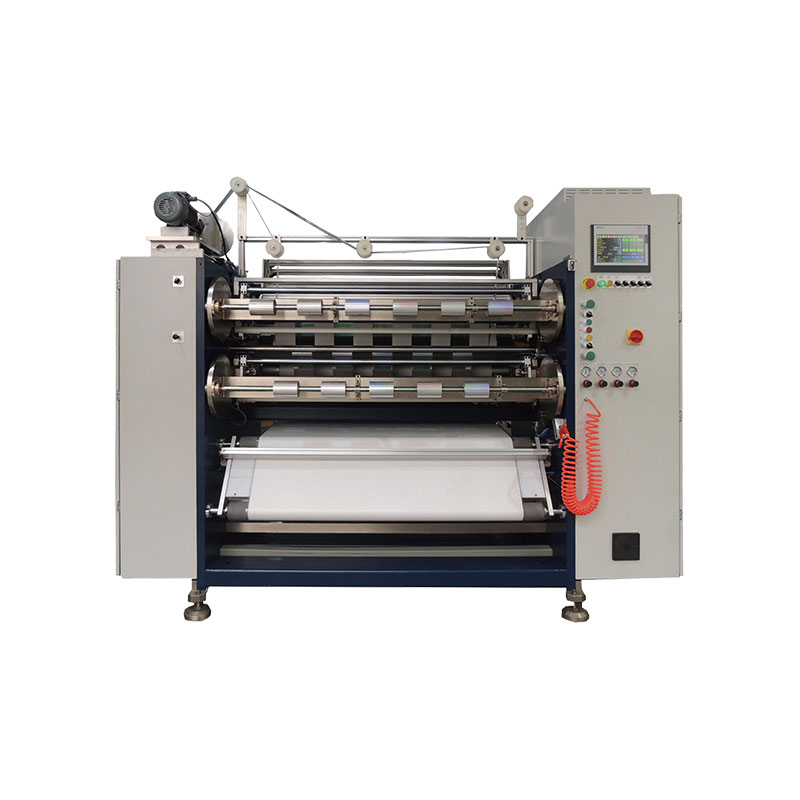 Hot Stamping Foil Slitter (4 Shafts)
Hot Stamping Foil Slitter (4 Shafts)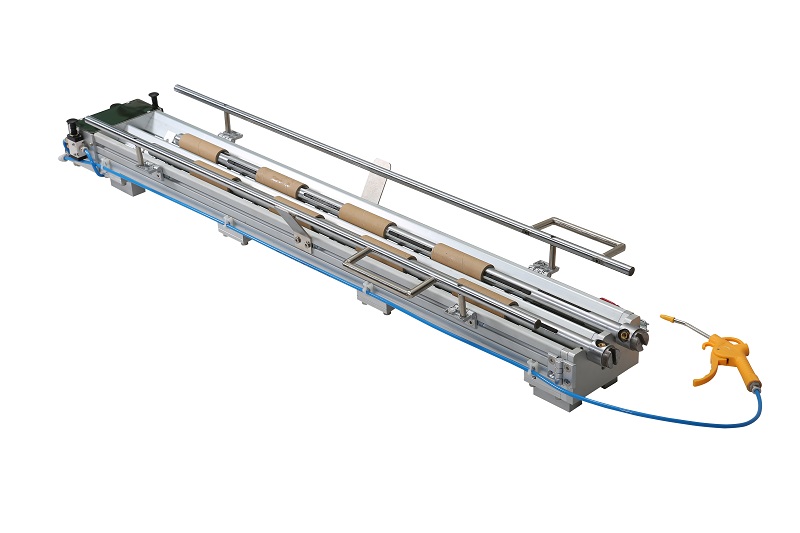 Paper Core Loading Machine
Paper Core Loading Machine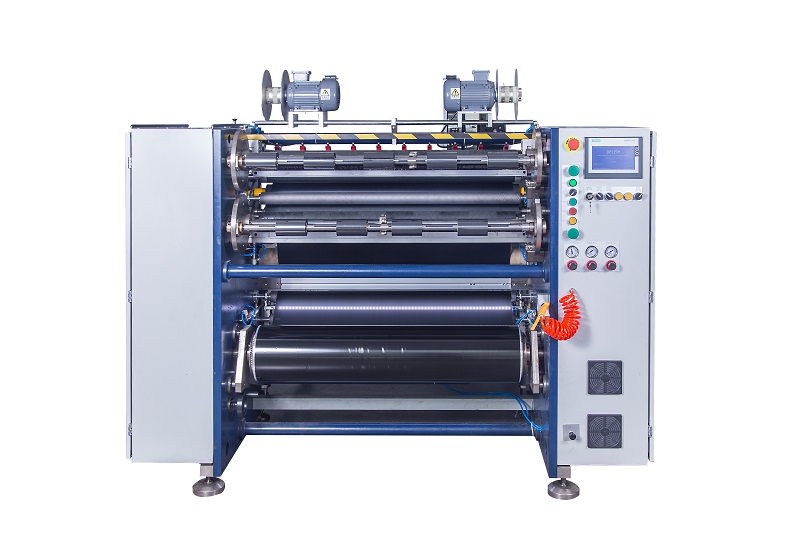 Semi-Auto TTR Slitter RSDS2 Plus
Semi-Auto TTR Slitter RSDS2 Plus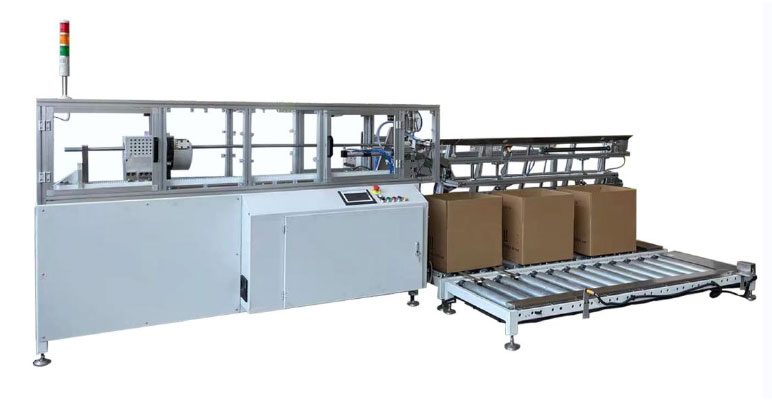 Auto Paper Core Cutter
Auto Paper Core Cutter Semi Automatic TTR Slitter RSDS5 Plus
Semi Automatic TTR Slitter RSDS5 Plus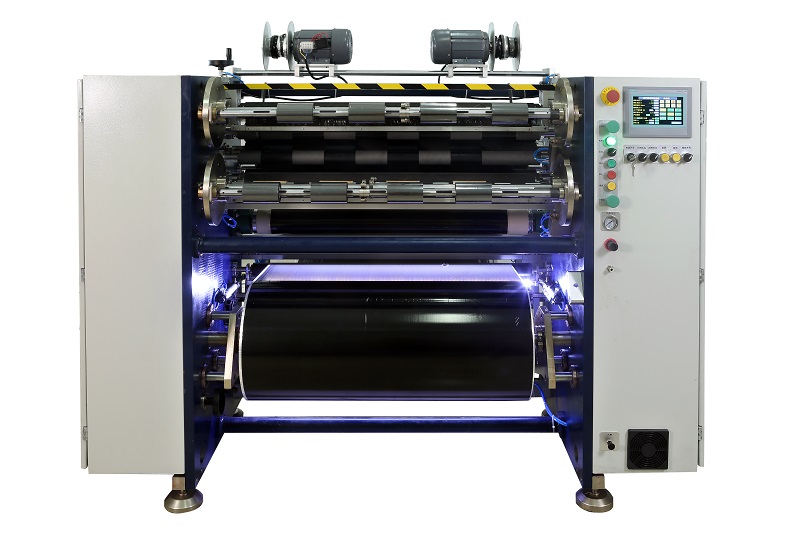 Manual TTR Slitter RSDS2
Manual TTR Slitter RSDS2





